Discovering Frida Kahlo
Born on 6 July 1907 in Mexico, Magdalena Magdelena Frida Carmen Kahlo Calderon became known as a self-taught painter under the name Frida Kahlo. She later insisted on changing her birth date to July 7, 1910, the day of the Mexican Revolution. Her father was Hungarian-German of Jewish origin and her mother Mexican of Amerindian origin. She was born with spina bifida and was diagnosed with poliomyelitis at the age of six. At 18, she suffered a serious tram accident that left her frail and suffering throughout her life.
After considering becoming a doctor, she chose painting at the beginning of her long convalescence. In 1929, she became involved in the Mexican Communist Party and met the painter Diego Rivera, whom she married a little later. Living in San Francisco (California) with her husband, she met several artists and patrons of the arts, which would be beneficial to her career. She exhibited in Mexico, Paris and New York. Artists such as Picasso, Vassily Kandinsky, André Breton and Yves Tanguy appreciated her art.
After 32 operations and a long period of bed rest, Frida Kahlo died at the age of 47 in 1954. She left behind a body of work of 143 paintings, more than a third of which are self-portraits. A museum is dedicated to the artist and her painting in Coyoacán, Mexico.
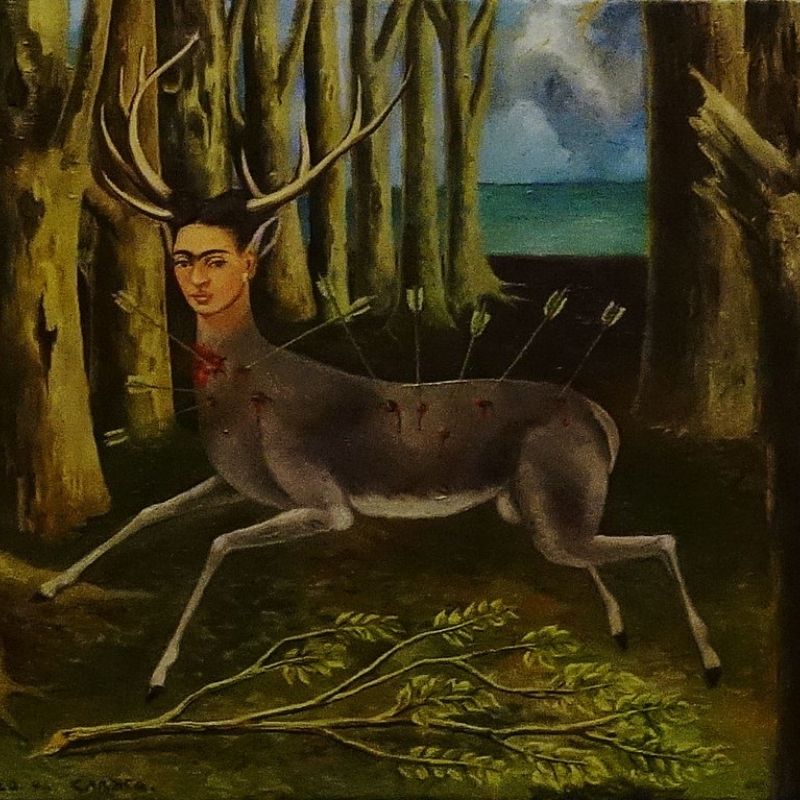
Read more articles about Frida Kahlo :
🎨 ¡ Viva el arte ! : paintings inspired by Frida Kahlo
🎨 Frida Kahlo: artistic current and painting style
🎨 Frida Kahlo's influence today
🎨 Top 10 things to know about the artist Frida Kahlo
🎨 The 5 most beautiful paintings of Frida Kahlo
OUR "FRIDA KAHLO INSPIRATION" COLLECTION
Her style and artistic approach
Early in her life, Frida Kahlo rebelled against the inequalities between men and women that she observed in Mexican society.
She did not hesitate to defy social conventions, established norms and even beauty standards. This emancipated and authentic side of her personality will permeate all her work. Even her style of dress* was another way for her to express her art. In painting, her style is figurative, realistic, daring and sometimes shocking. The colours she uses are vibrant, exotic and assertive. Frida Kaho and self-portraiture are two themes that cannot be dissociated; a mirror fixed above her bed was permanently installed. Frida always refused to be complained about; she often repeated: "I am not dead and I have a reason to live. That reason is painting.
Even if her painting sometimes seems to belong to surrealism, cubism, symbolism and magic realism, Frida has always affirmed that her artistic approach does not correspond to a style; like a mirror of her life, halfway between reality and fantasy, it is rather an unscrupulous visual diary in which she tells of her loves, her family, her pain and her values. Proud of her origins and mestizo roots, she is inspired by popular culture and Mexican folklore (symbols of death, celebrations); she also pays tribute to the flora and fauna of her part of the world. Today's experts believe that her style is closer to magic realism.
*Many fashion designers have been inspired by Frida Khalo's style of dress and her vibrant colour palette in painting. Notably, Jean-Paul Gaultier, Alessandro Michele (Gucci), Riccardo Tisci (Givenchy), Dolce & Gabbana, Moschino.
2.jpg)
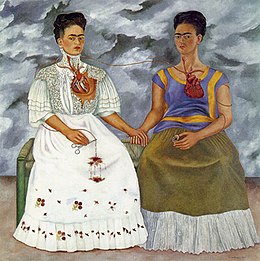
What are Frida Khalo's iconic paintings?
Among the large production of her works, a number of them have truly become classics. In particular, the following paintings, on which we provide some details :
This picture was painted when Frida was trying very hard to get used to her life in the United States. She did not appreciate the American way of life, nor its customs and habits, which were too far removed from her own culture.
- Frida and Diego Rivera (1931)
- The Two Fridas (1939)
This painting illustrates the two personalities that Frida said she carried within her. One, feminine, almost virginal, traditional; the other, colourful but without make-up, assertive in a typically masculine pose, with a visible moustache. Both show an exposed heart. One wonders whether the artist wanted to express her attempt to reconnect with the different aspects of herself, following her separation from Diego.
This painting reflects Frida Kahlo's feelings of sadness and abandonment after her divorce from Diego. She wanted to represent herself dressed as a man and with her hair cropped, leaving behind her wounded femininity.
- Self-portrait with thorn necklace and hummingbird (1940)
In this magnificent painting, we feel the artist's pain following her separation from her husband, Diego Rivera. They divorced in 1938 but remarried two years later.
- Self-portrait as a Tehuana (1943)
- The Broken Column (1944)
His deteriorating health forced him to wear a steel corset at all times. In this work, a broken Ionic column symbolises the fractures in his spine. The grooves in the cracked and barren landscape become a metaphor for the artist's loneliness and pain.
- The Wounded Deer (1946)
This picture was painted at the time of Frida's depression when she realised that the surgical operations had failed. The returning pain and distress are symbolised by a wild animal wounded by arrows.
- Diego on my mind (1943)
In this painting, in which Diego appears between the eyebrows of a sad-looking Frida, the artist seems to want to suggest her difficult relationship with her husband and her obsession with him. The same theme was also addressed in his other painting Self-portrait in Tehuana.
- Viva la Vida (Frida Khalo's last painting, 1954)
Carré d'artistes pays tribute to the style of Frida Khalo
Carré d'artistes was created in 2001 to make the art market accessible to the general public and not reserved for a wealthy elite. Today it is the world's leading art gallery network, with more than 30 galleries from all over the world and more than 600 artists exhibiting. It is therefore a reference to remember to find your favourite painting or sculpture at an affordable price.
On its website, the Carré d'artistes gallery presents a collection entitled Tribute to Frida Kahlo to introduce artists inspired by her work. Geiry, Laura Bofill, Félix Aberasturi, Espinoza Abril, Dubost, Pascal Lionnet, Laure Kefta are among the artists exhibited there. Other creators such as Philippe Euger, Franck Lamboley, Sergi Mestres, have gone through the almost unlimited path of mixed techniques to integrate themselves into his approach.



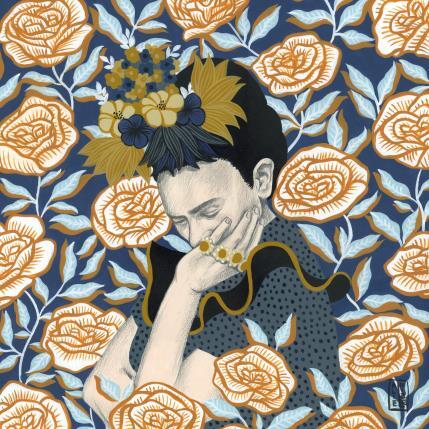
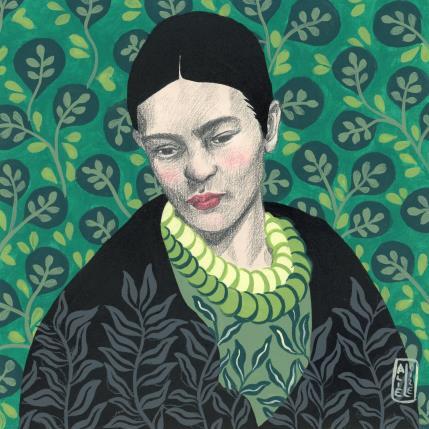
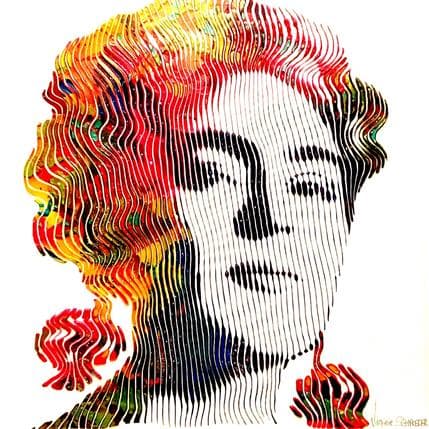

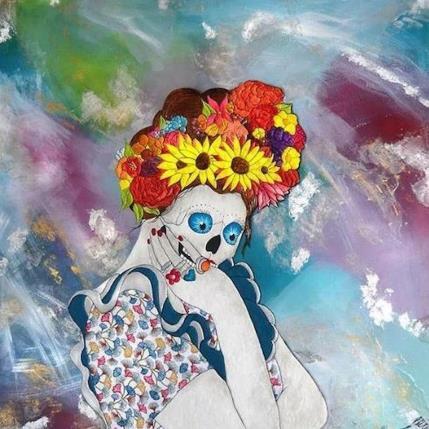

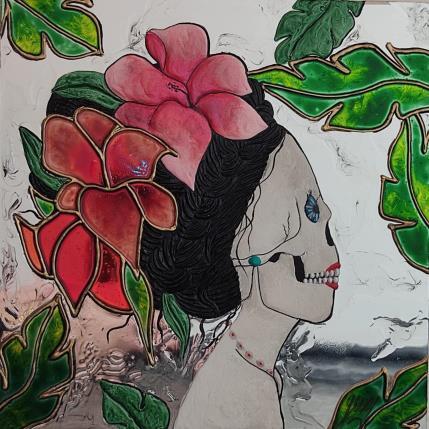
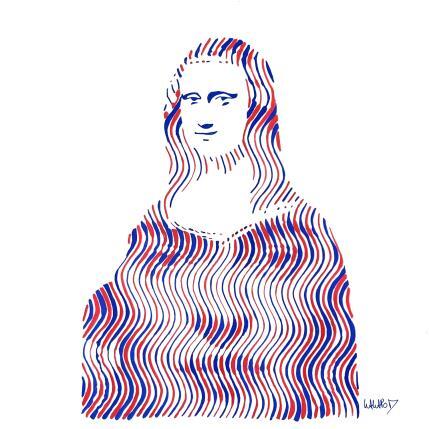
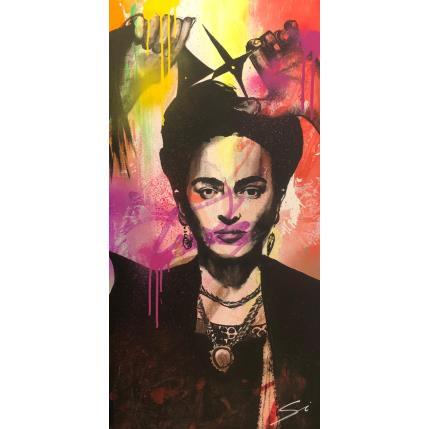
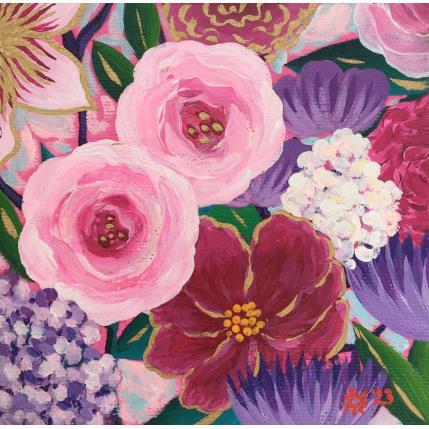
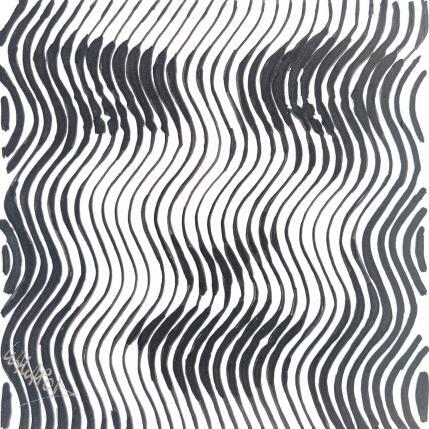












26.png)






